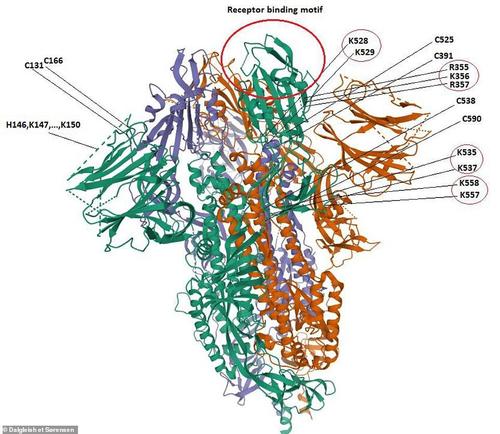Authors: Clare Watson
As many countries emerge from lockdowns, researchers are poised to use genome sequencing to avoid an expected second wave of COVID-19 infections.
Since the first whole-genome sequence of the new coronavirus, SARS-CoV-2, was shared online on 11 January, scientists have sequenced and shared some 32,000 viral genomes from around the world. Such a vast amount of data has allowed researchers to trace the origin of COVID-19 outbreaks in their countries and pinpoint when community transmission occurred1.
Now, countries that have successfully suppressed infections are entering the next phase of the COVID-19 pandemic — where there’s a risk of new cases appearing as social restrictions ease. Researchers say that genomics will be crucial to quickly track and control these outbreaks. Studies already show that outbreaks tend to be shorter and smaller when genomics is used to help contact tracing2.
“When there are few cases, genomics can very quickly tell you what you’’re dealing with and therefore guide precision interventions,” says Gytis Dudas, a consulting bioinformatician at the Gothenburg Global Biodiversity Centre in Sweden.Coronavirus and COVID-19: Keep up to date
Several places are particularly well placed to do that because they invested in genome sequencing early in the pandemic and have a relatively small numbers of cases. Researchers in New Zealand, and at least one state in Australia decided that they would aim to sequence most coronavirus genomes in their country or state.
As SARS-CoV-2 spread around the world, distinct lineages began to form as viruses circulating in different regions gradually evolved. By comparing sequences, researchers can quickly rule out possible lines of transmission if two sequences don’t match, or link together cases that do.
Scientists in the United Kingdom, the United States and other countries are also sequencing SARS-CoV-2 from a large proportion of cases there, but because their epidemics are still ongoing and case numbers are high, genomics is being used to monitor spread and help identify the source of some cases where contact tracing fails. But such interventions depend on broad sampling, and so in places where diagnostic testing is limited, there will also be gaps in the genomic data.
For More Information: https://www.nature.com/articles/d41586-020-01573-5/
